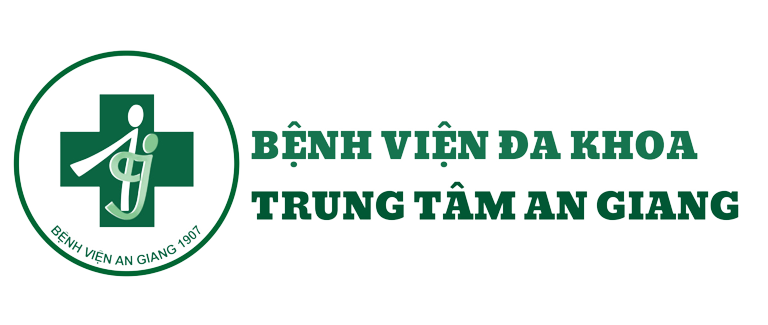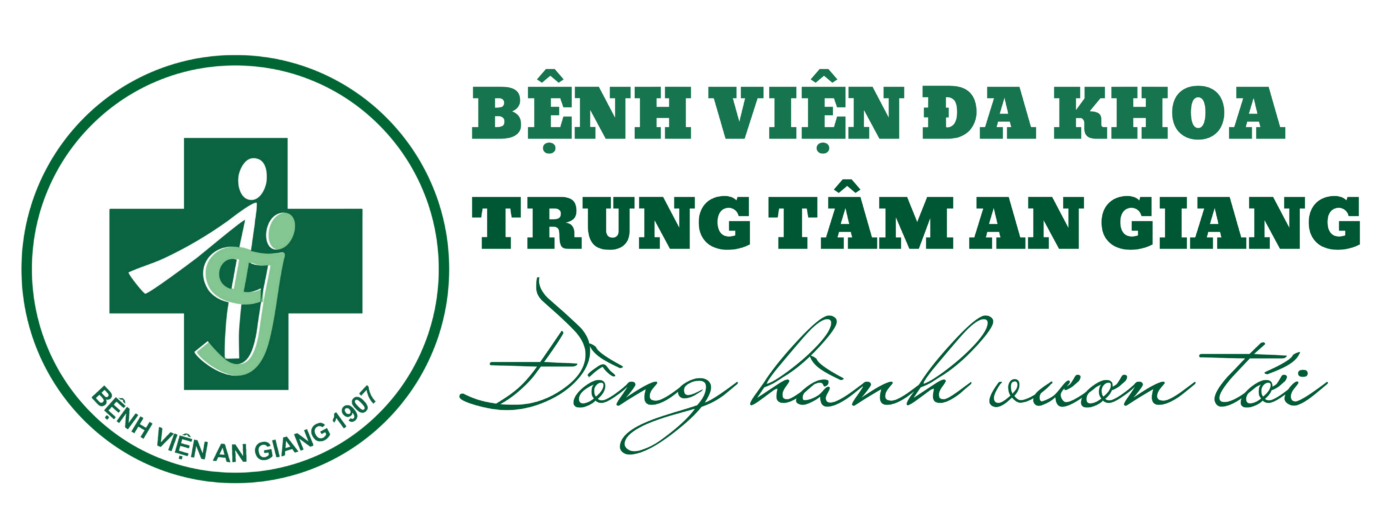Cochrane Database Syst Rev. 2008 Oct 8;(4):CD006458.
Zhang L, Mendoza-Sassi RA, Wainwright C, Klassen TP.
Department of Maternal and Child Health, Federal University of Rio Grande, Rua Visconde Paranaguá 102, Centro, Rio Grande, RS, Brazil, 96201-900. zhanglinjie63@yahoo.com.br
BACKGROUND: Airway edema and mucus plugging are the predominant pathological features in infants with acute viral bronchiolitis. Nebulized hypertonic saline solution may reduce these pathological changes and decrease airway obstruction.
OBJECTIVES: To assess the effects of nebulized hypertonic saline solution in infants with acute viral bronchiolitis.
SEARCH STRATEGY: We searched the Cochrane Central Register of Controlled Trials (CENTRAL) (The Cochrane Library 2007, issue 4), which contains the Cochrane Acute Respiratory Infections Group Specialized Register; OLDMEDLINE (1951 to 1965); MEDLINE (1966 to November 2007); EMBASE (1974 to November 2007); and LILACS (November 2007).
SELECTION CRITERIA: Randomised controlled trials (RCTs) and quasi-RCTs using nebulized hypertonic saline alone or in conjunction with bronchodilators as an active intervention in infants up to 24 months of age with acute bronchiolitis.
DATA COLLECTION AND ANALYSIS: Two review authors (ZL, MRA) independently performed data extraction and study quality assessment. We pooled the data from individual trials using the Cochrane statistical package Review Manager (RevMan).
MAIN RESULTS: We included four trials involving 254 infants with acute viral bronchiolitis (189 inpatients and 65 outpatients) in this review. Patients treated with nebulized 3% saline had a significantly shorter mean length of hospital stay compared to those treated with nebulized 0.9% saline (mean difference (MD) -0.94 days, 95% CI -1.48 to -0.40, P = 0.0006). The 3% saline group also had a significantly lower post-inhalation clinical score than the 0.9% saline group in the first three days of treatment (day 1: MD -0.75, 95% CI -1.38 to -0.12, P = 0.02; day 2: MD -1.18, 95% CI -1.97 to -0.39, P = 0.003; day 3: MD -1.28, 95% CI -2.57 to 0.00, P = 0.05). The effect of nebulized hypertonic saline in improving clinical score was greater among outpatients than inpatients. No adverse events related to 3% saline inhalation were reported.
AUTHORS’ CONCLUSIONS: Current evidence suggests nebulized 3% saline may significantly reduce the length of hospital stay and improve the clinical severity score in infants with acute viral bronchiolitis.





